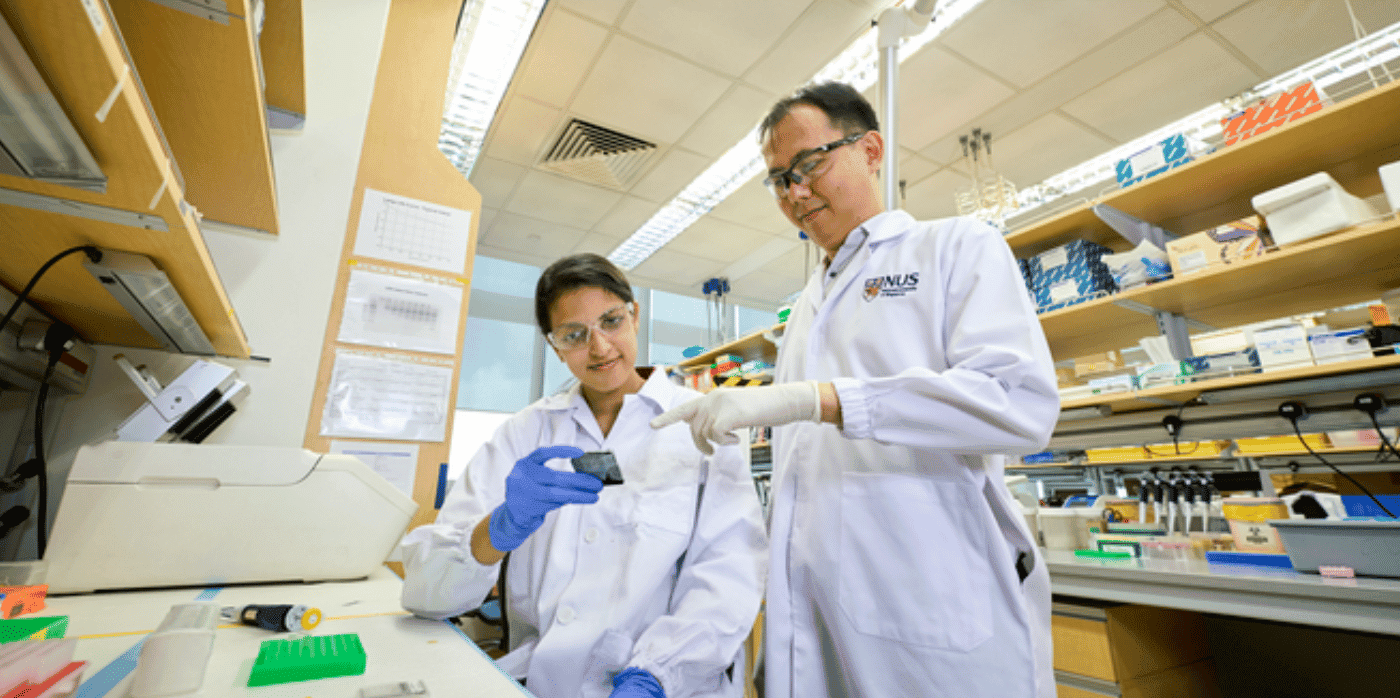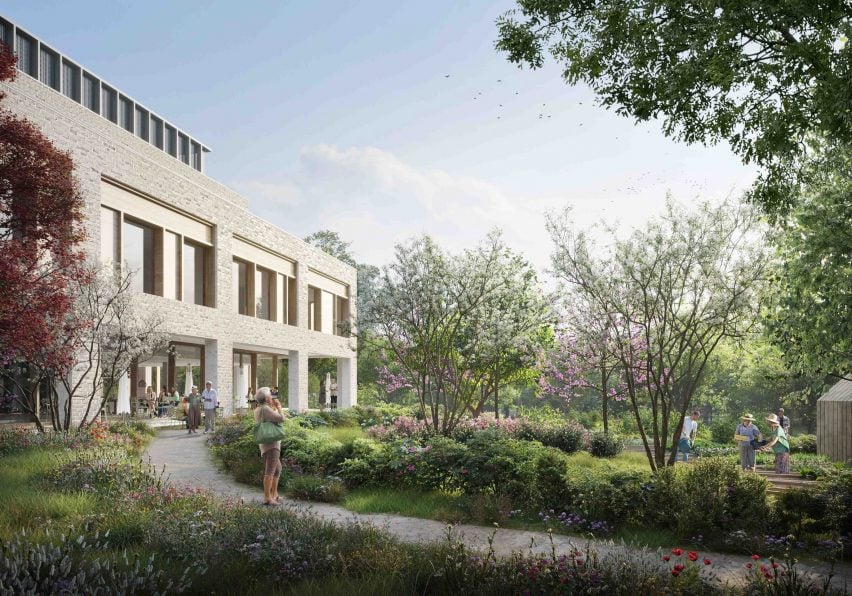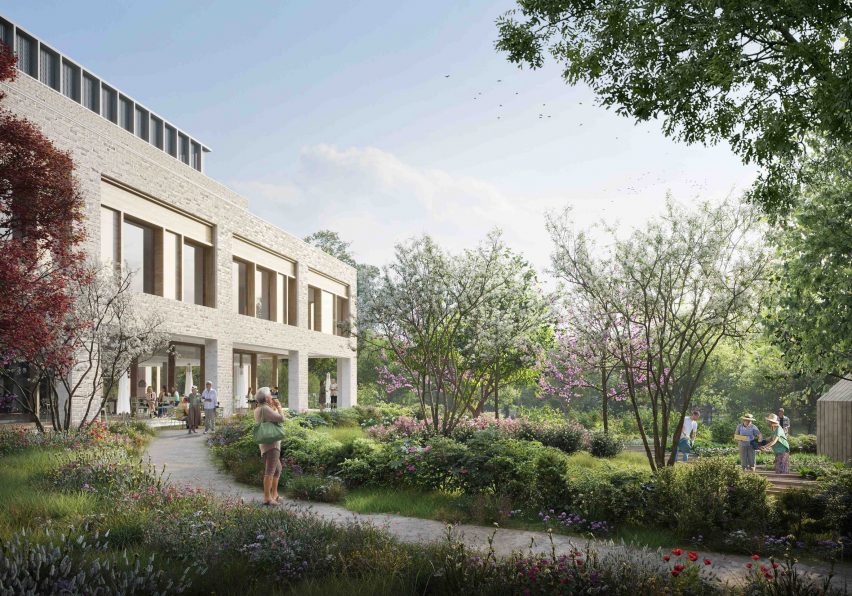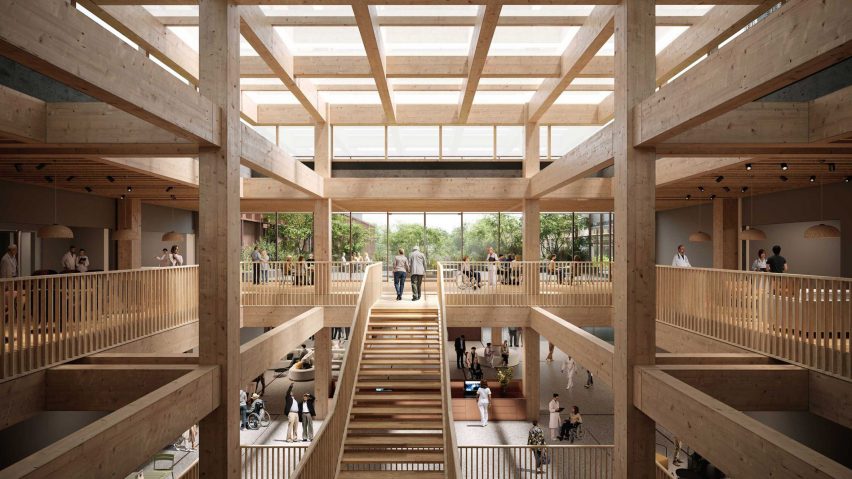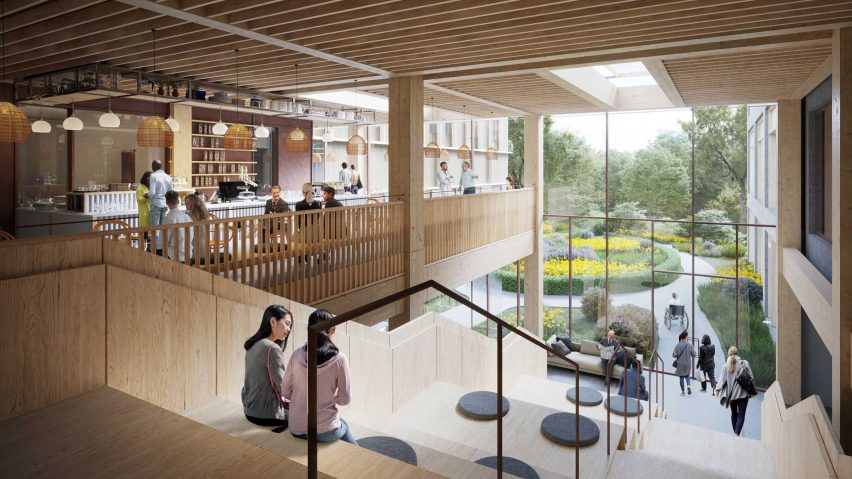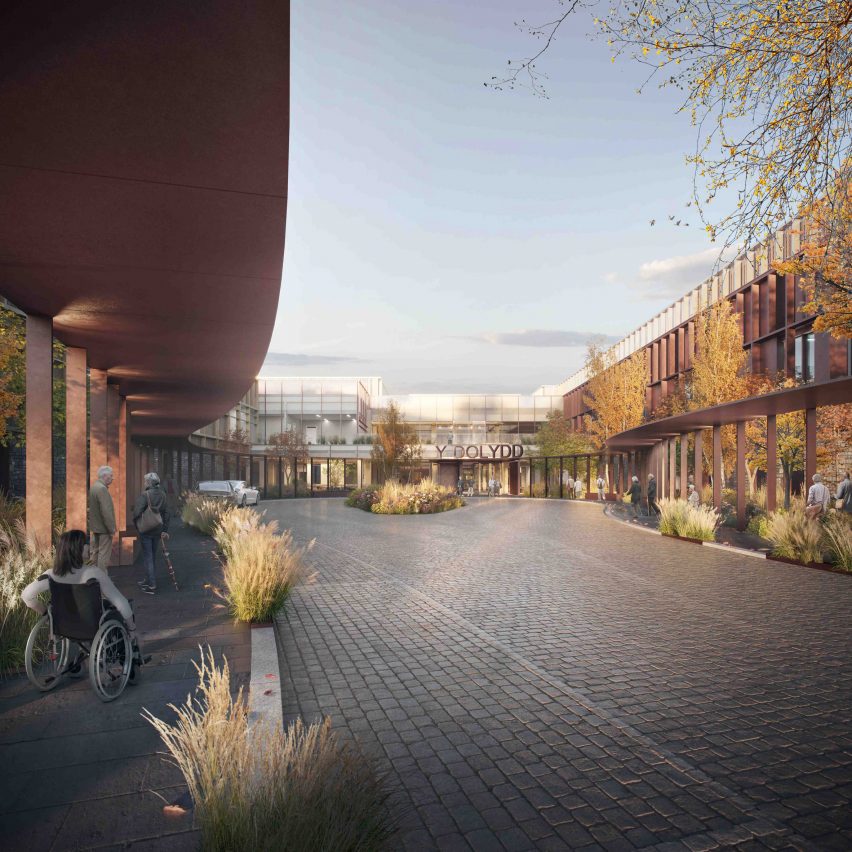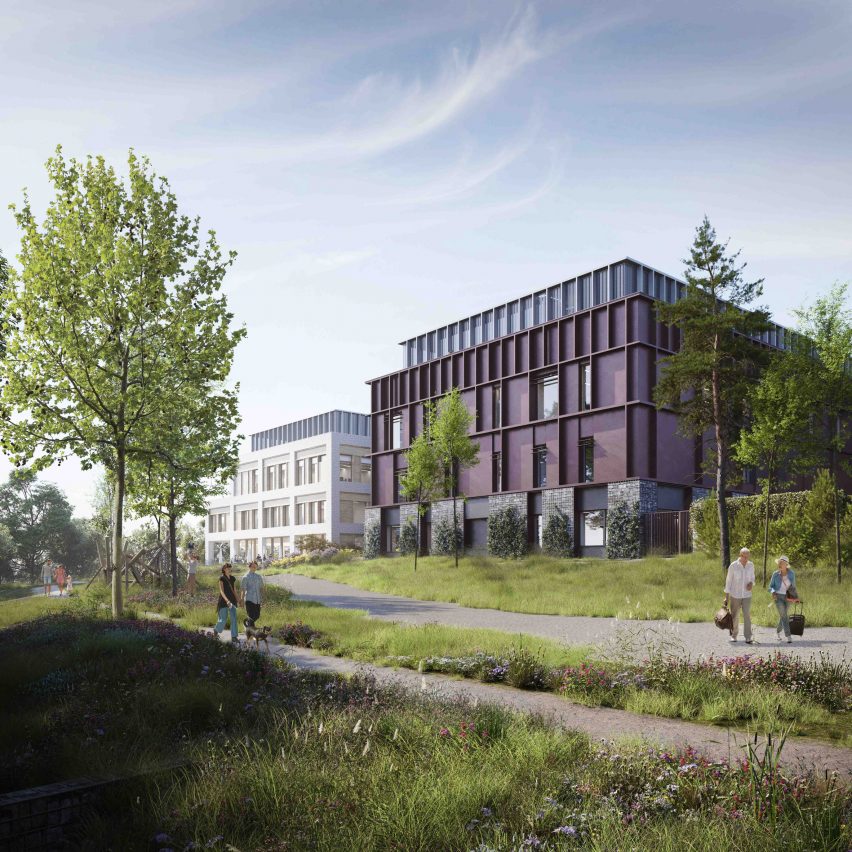Detecting cancer cells with an AI-powered web platform

Spotted: Urbanisation may prove highly beneficial for increasing employment and educational opportunities, but scientists are increasingly noting the negative impact of urban environments on our health, including rising instances of cancers. And according to researchers, the burden of cancer is set to rise faster in developing countries in the coming years, including in Nigeria.
At the same time, the country’s health system is woefully understaffed, with a ratio of less than 100 clinical oncologists for every 100,000 cancer patients. A team of data scientists and healthcare students saw an opportunity for artificial intelligence (AI) to help reduce that gap. Working together, they built TensorScan, a web-based tool for real-time detection of malignant cells in histology micrographs.
With the power of AI at hand to help review cancer scans, oncologists can order more tests for more patients, thereby contributing to a reduction in waiting and diagnosis times. As patients begin to move through the healthcare system more quickly, the potential for earlier identification of malignant cells grows, further increasing the rate of positive care outcomes.
TensorScan also provides additional services for scientists and patients. The developers built a native token called $CARE with blockchain technology to ensure the security of research data and the privacy of patients. Doctors upload scan results and receive payment in $CARE tokens. Researchers use the tokens to buy data, and patients are able to connect with others in support groups and receive payments for their time. The payments to patients can be particularly helpful in countries with less developed or accessible national health systems.
The team envisions up to 70 breast cancer screening centres spread throughout Nigeria. After participating in the FuelAfrica 2.0 hackathon held in early 2023 and earning second runner-up, the team plans to continue developing the strength of the algorithm and rolling out the technology as quickly as possible.
AI’s ability to handle volumes of data and tasks far greater than a human’s capacity makes the technology of particular interest to many nations struggling to provide equitable, high-quality healthcare to their populations. Springwise’s archive contains additional examples of AI improving healthcare by prioritising patient cases according to the probability of illness and examining scans for areas of secondary concern.
Written By: Keely Khoury


